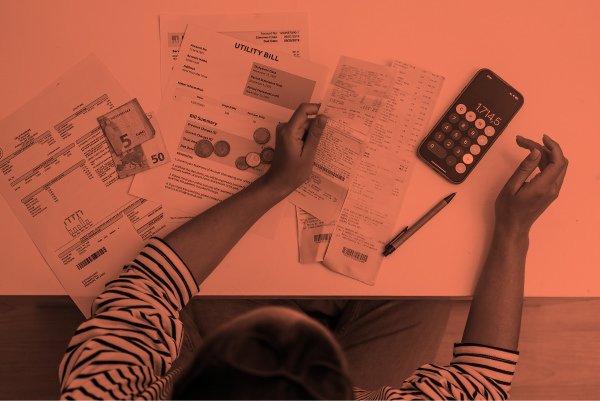MANAGE YOUR MONEY BETTER THIS TAX YEAR
It always seems strange that the tax year starts and ends in April, why would they choose April 6 as the start date? Apparently it’s from way back when they changed the British calendar to fall in sync with the rest of the world, which changed when New Year’s Day fell (previously late March).
Anyway, history lesson aside, it’s an important date in the financial year – you’ll mostly hear banks and savings providers shouting about it because it’s when your yearly Individual Savings Account (ISA) allowance renews, allowing you to save up to £20,000 tax-free in an ISA wrapper.
If you don’t have that much to save, remember that you can earn interest up to £1,000 without paying tax on it as part of your Personal Savings Allowance, so you may find an account that isn’t an ISA but is paying a better interest rate. Read more about ISAs and tax on savings and investments on the HMRC website.
”Check your tax code to know your personal allowances
EmanFounder OnestopSave
RENTING A ROOM CAN EARN YOU £7500 COMPLETELY TAX FREE
Rent out a spare room in your home to make extra money – you can make up to £7,500 tax-free each year.
Under the Rent a Room Scheme, you can earn up to £7,500 a year tax-free from letting out furnished rooms in your home.
You’ll need to fill out a tax return if you have other income, but by opting into the scheme you can claim your tax-free allowance there.
We’ve seen people making this work for them by moving smaller children into shared bedrooms, creating space for a spare bedroom that they can rent out either via SpareRoom or as a short term let on holiday rental apps.
There’s more info about renting out spare rooms and how to manage your tax over on the government website.
If you work in a uniform or specialist clothing, make sure you claim back tax against the cost of cleaning, repairing or replacing your work uniforms and save yourself some money.
You can even backdate your claim up to four tax years, to get tax back on uniform expenses. ‘Uniform’ covers anything from a branded t-shirt to specialist safety boots, if your employer requires you to wear it then it counts – basically if you walked down the street in your work outfit, a stranger would be able to tell what your job was / where you worked.
There’s a standard flat-rate expense allowance for uniform maintenance which is £60, so if you’re a basic-rate taxpayer, you’ll get back the equivalent of the tax you would have paid on it (£12).
However, depending on what industry you work in, you could get more – there’s a full list over on the HMRC website.
The money is usually taken off your future tax payments, so you’ll just see slightly more on your monthly paycheck – if you claim for previous tax years though, you may see the money as a direct rebate from HMRC.
This information is intended for editorial purposes only and not intended as a recommendation or financial advice

